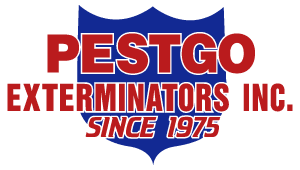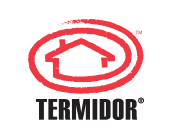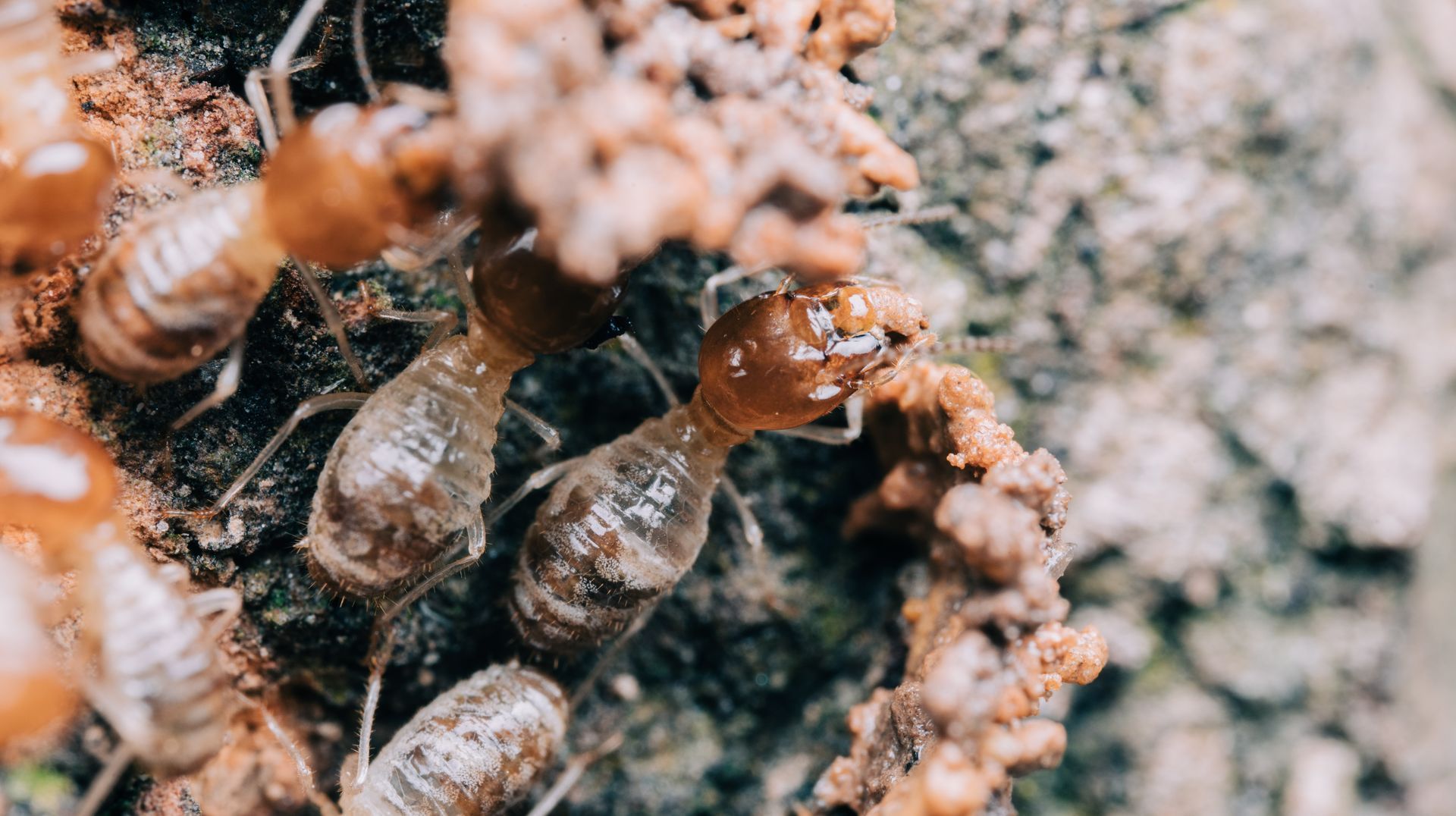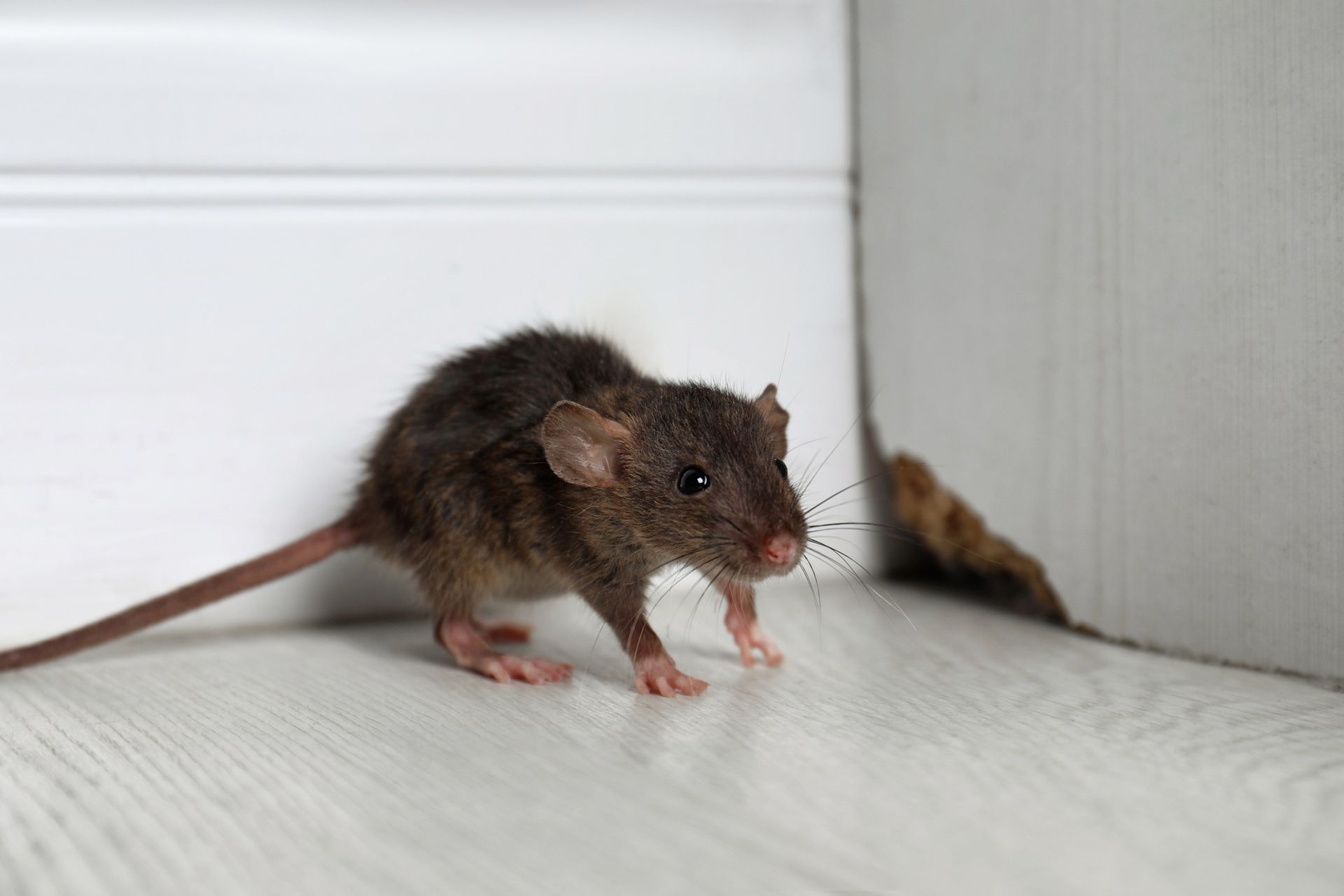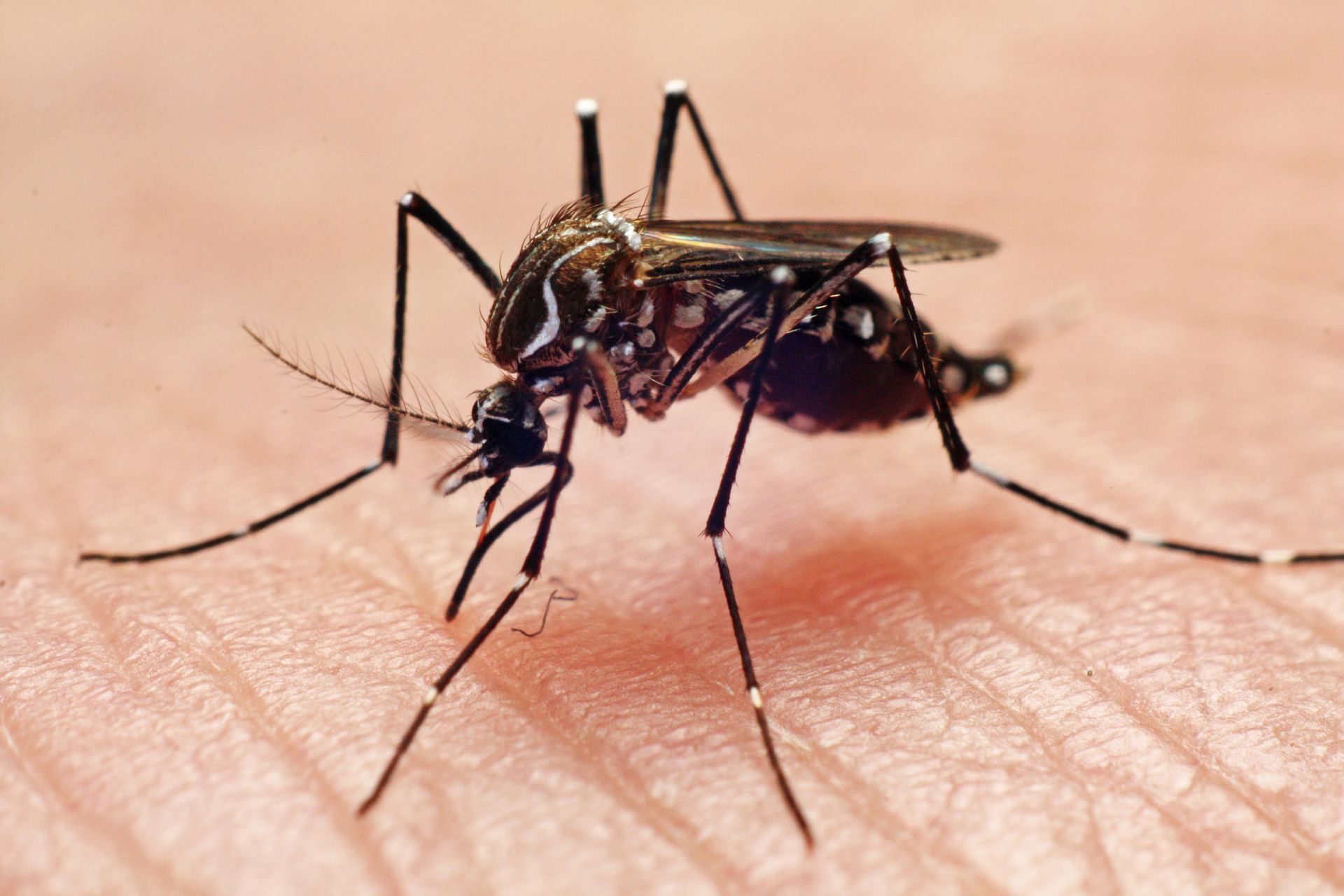Termites/WDOI Inspections
Vance Venegas • February 11, 2025
Wood-Destroying Organism (WDO) Inspection
A WDO inspection is an examination of a structure to check for wood-destroying organisms such as termites, wood-boring beetles, carpenter ants, and wood-decay fungi. This inspection is often required for real estate transactions, home loans, and pest control maintenance.
1. What Does a WDO Inspection Cover?
A licensed inspector will look for:
Active infestations of termites, beetles, or carpenter ants.
Previous damage from wood-destroying organisms.
Conditions conducive to infestations, such as moisture problems, wood-to-ground contact, and leaks.
Evidence of treatments (previous termite barriers, bait stations, etc.).
2. Common Wood-Destroying Organisms
Subterranean Termites: Build mud tubes and require soil contact.
Drywood Termites: Infest dry wood without soil contact.
Carpenter Ants: Hollow out wood but dont eat it.
Powderpost Beetles: Bore into wood and leave fine powdery sawdust.
Wood Decay Fungus: Causes wood rot due to moisture issues.
3. When Do You Need a WDO Inspection?
Buying or Selling a Home: Some lenders (like VA loans) require a WDO inspection.
Before Termite Treatment: To assess the extent of an infestation.
Regular Home Maintenance: Especially in high-risk areas with humid climates.
4. What Happens After the Inspection?
The inspector provides a WDO report, noting any signs of infestation or damage.
If pests or damage are found, they may recommend treatment options like fumigation, baiting, or moisture control.
If no issues are found, the property gets a clearance certificate for transactions.
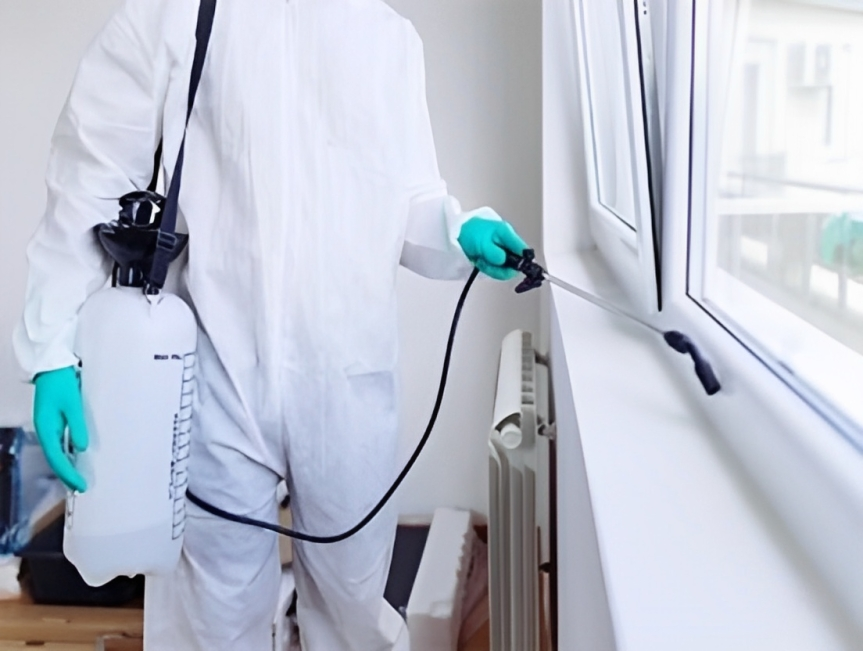
Pest control refers to the methods and practices used to manage or eliminate unwanted insects, rodents, and other pests that can harm homes, gardens, crops, or human health. Effective pest control aims to minimize the damage caused by pests while being safe for people, pets, and the environment. Here are common types of pest control methods: 1 . Chemical Control Pesticides: These are chemicals designed to kill or repel pests. They can be applied in various forms like sprays, baits, or dust. Insecticides, Herbicides, Rodenticides : Specific to insects, weeds, or rodents, these chemicals target particular pests but need to be used carefully to avoid harming other organisms. 2. Biological Control Beneficial Insects: Using natural predators, like ladybugs to eat aphids, or introducing nematodes to control soil-dwelling pests, can keep pest populations in check without chemicals. Pathogens: Certain bacteria, fungi, or viruses can be introduced to target specific pests (e.g., using Bacillus thuringiensis to control caterpillar pests). 3. Mechanical Control Traps: Traps can be used for rodents, insects, or other pests to physically remove them from the area. Barriers: Sealing cracks or installing mesh can prevent pests like rodents or insects from entering buildings. 4. Environmental Control. Eliminating Standing Water: This prevents the breeding of mosquitoes and other pests. Proper Waste Management: Keeping trash sealed and cleaning up food crumbs or scraps can help reduce attracting pests like ants, flies, or rodents. 5. Integrated Pest Management (IPM) Combination of Methods: IPM is a holistic approach that combines multiple pest control techniques based on the specific situation. It emphasizes monitoring, preventative measures, and using chemical treatments only when necessary to minimize environmental and health impacts. Each method should be chosen based on the pest type, the level of infestation, and the environment to ensure it is effective and safe.
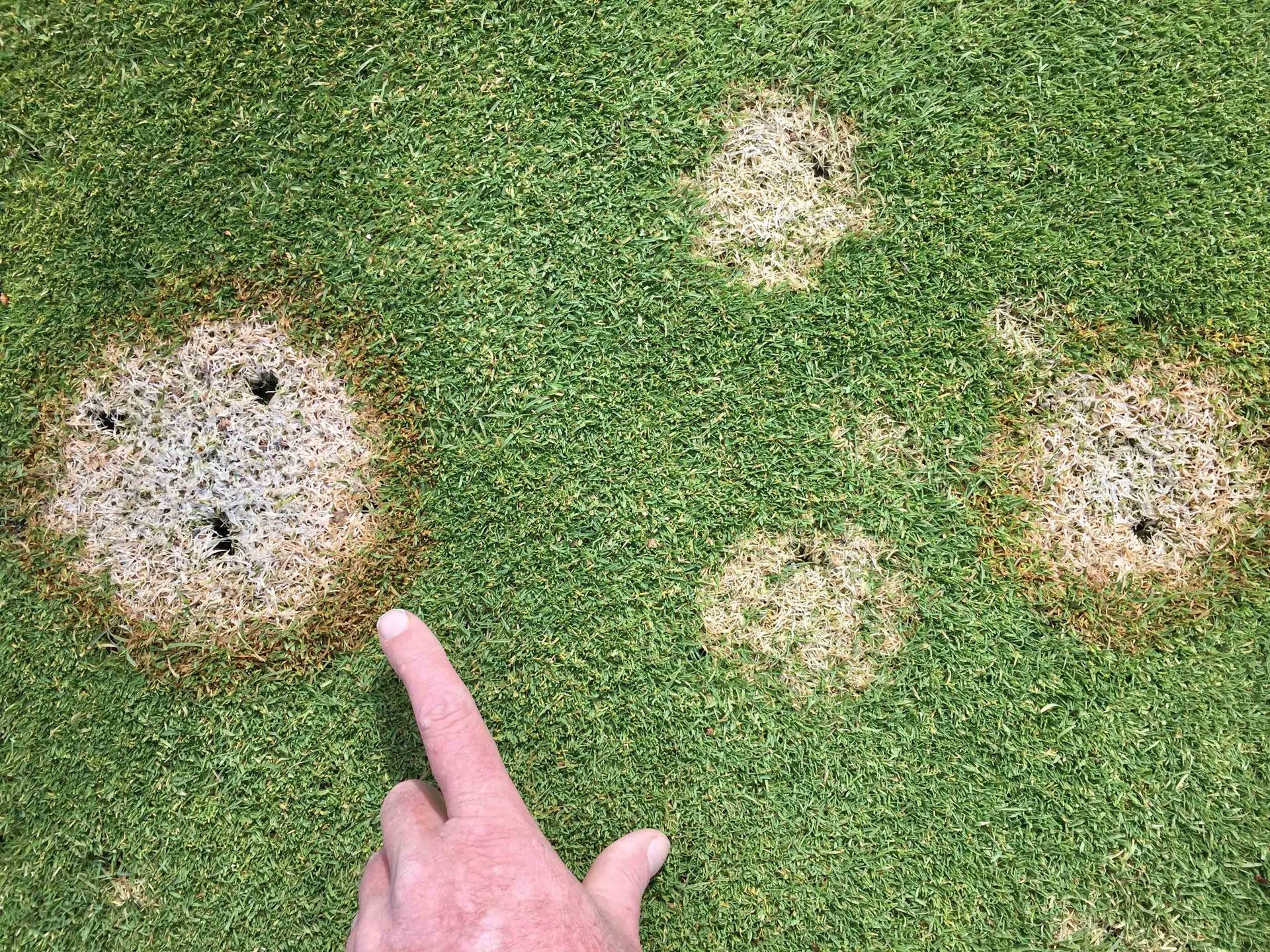
Lawn control and Fertilization is about managing and preventing pests that can damage your lawn, including insects, weeds, and diseases. Here is a general approach: 1. Identify the pests : Common lawn pests include grubs, ants, chinch bugs, and various types of worms. Identifying which pests are affecting your lawn helps in choosing the right treatment. 2. Regular monitoring: Keep an eye on your lawn for signs of pests, such as brown patches, wilting grass, or visible insects. Early detection allows for faster action. 3. Cultural practices: Healthy lawns are less prone to pests. Watering deeply but less frequently, mowing at the correct height, and fertilizing properly can strengthen your lawns defenses. 4. Natural pest control: You can use beneficial insects like ladybugs, nematodes, or predatory beetles that help reduce pest populations without harming your lawn or the environment. 5. Chemical treatments: If pests become a serious problem, you can use targeted pesticides. However, its important to choose products that are safe for your lawn and follow instructions carefully to avoid harming beneficial insects or the environment. 6. Preventive measures: Aerating the soil, using pest-resistant grass varieties, and applying mulch or organic treatments can help prevent pest infestations from taking hold in the first place. Effective lawn control focuses on a combination of good lawn care practices, monitoring, and using the least harmful solutions when necessary.
